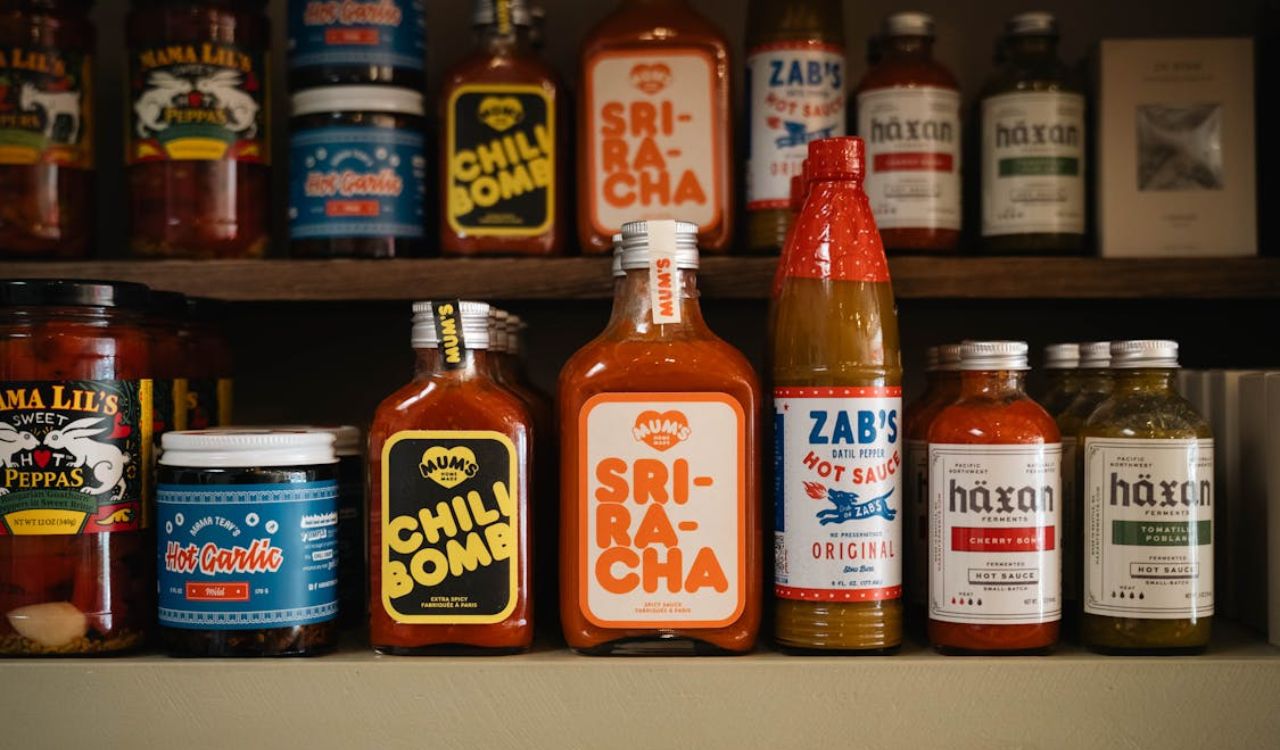Wendy’s Plans to Close Hundreds of US Restaurants and What It Means for Customers
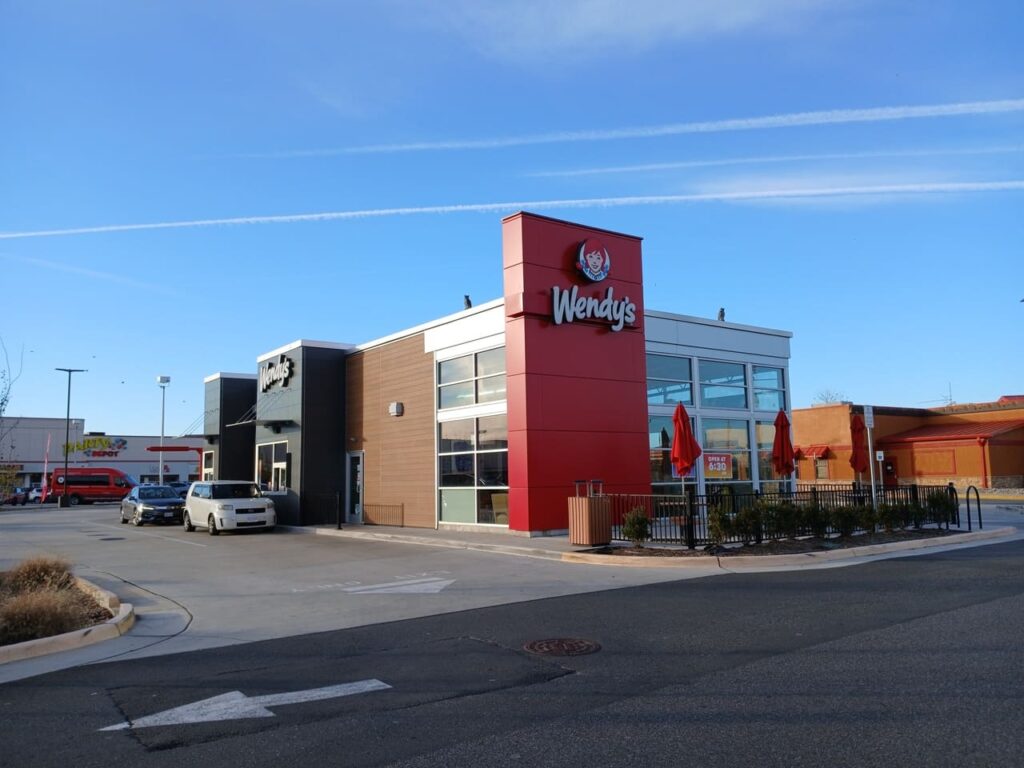
Wendy’s is facing a tough stretch, and the company is preparing to shut down hundreds of restaurants across the country. You may not feel the impact right away, but the changes could shift how often you see a Wendy’s sign on your usual routes.
Here’s the thing: the closures aren’t happening all at once. They’ll roll out as franchise owners evaluate performance, rising costs, and how each location fits into the chain’s long-term strategy. That means some areas will see quick changes, while others won’t notice anything for months.
What this really means is that the move isn’t just about cutting stores. It’s a signal that Wendy’s is rethinking everything from operations to customer experience. And if you’re a regular, the ripple effects might show up in ways you haven’t considered.
Before you assume this is the beginning of the end, let’s break down what’s driving the closures, what’s likely to change for you, and where the chain actually plans to grow.
Why Wendy’s Is Closing So Many Locations
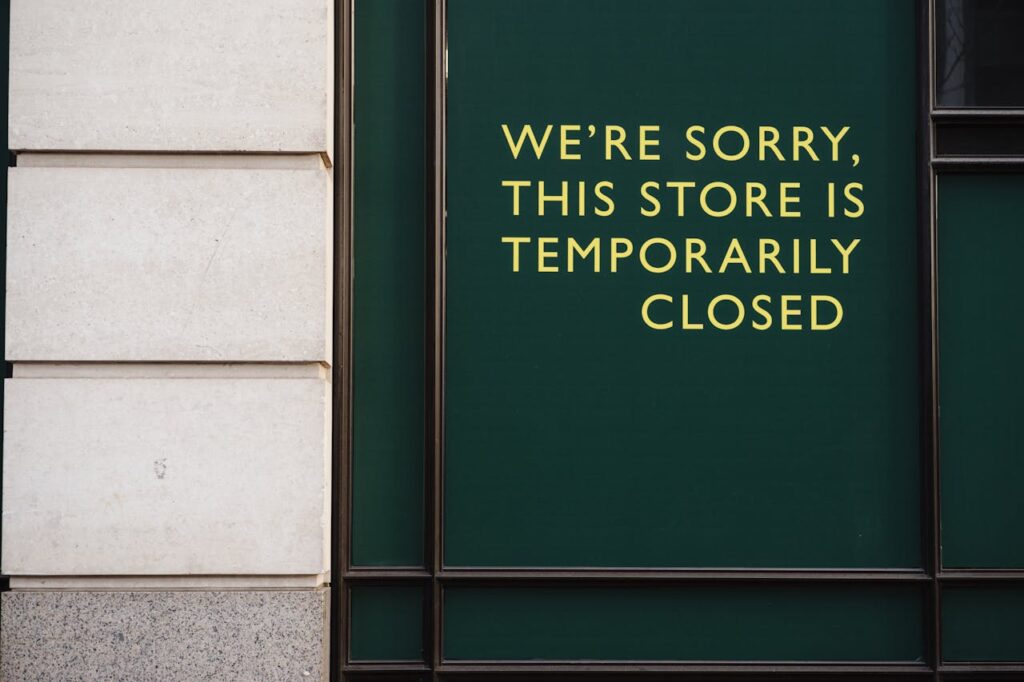
To understand what’s happening, you need to look at the pressures building behind the scenes. Wendy’s isn’t shrinking for the sake of shrinking. It’s reacting to shifting costs, competition, and customer habits that have changed more than most people realize.
Rising Operational Costs
The cost of keeping a restaurant open has climbed fast. Higher wages, expensive utilities, and supply chain swings make some stores too costly to run.
The company found that certain locations struggle to pull in enough business to cover those expenses. When a restaurant consistently falls short, it becomes a daily uphill push for franchise owners. Closing those spots helps the chain refocus on stronger markets.
For customers, this could mean fewer stores in less busy neighborhoods, especially in areas where margins were already tight. That shift puts more pressure on the remaining restaurants nearby.
Declining Foot Traffic
Many fast-food chains have seen a drop in in-person visits as more people lean on delivery apps. Wendy’s is no exception. Some locations just don’t get the steady flow they used to.
In weaker areas, half-empty dining rooms become hard to justify. Even strong digital sales can’t always offset slow walk-in numbers.
You may notice more emphasis on digital deals and app-only promotions as the brand tries to direct customers toward more efficient ordering channels. Some stores may also revamp layouts to serve drive-through traffic more than dine-in guests.
How These Closures Could Affect Your Routine
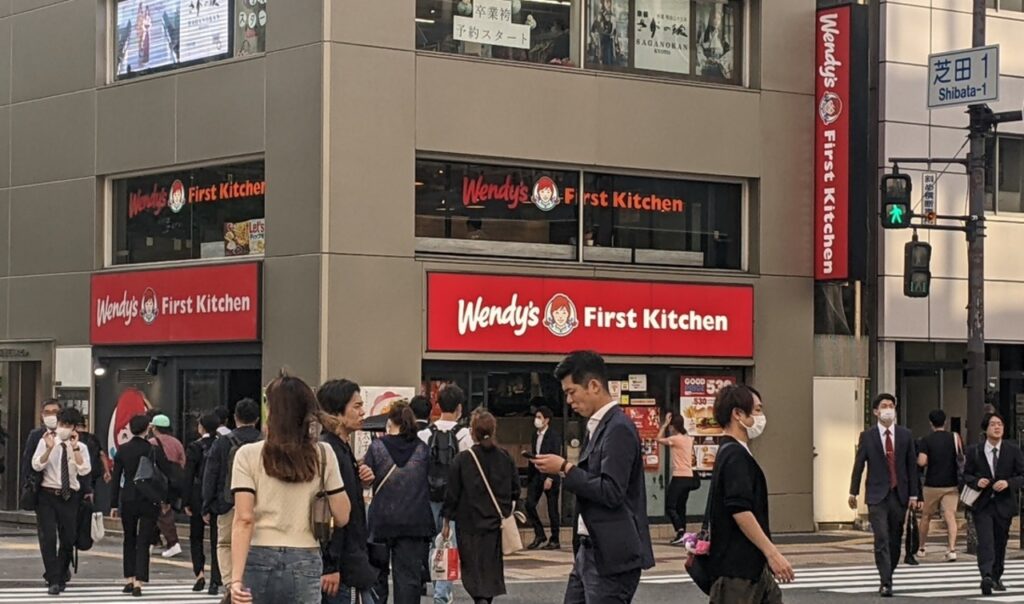
Closures sound straightforward, but they can ripple into your habits in ways you don’t expect. From wait times to prices, the day-to-day experience may shift depending on where you live.
Longer Lines at Surviving Locations
When nearby stores shut down, the remaining ones inherit a bigger crowd. That usually shows up in longer drive-through queues and slower pickups.
Staff may need time to adjust to higher volume, especially during peak hours. You might also see parking lots fill up faster as more customers funnel into a smaller number of stores.
On the upside, high-traffic restaurants often receive upgrades sooner, which means cleaner dining areas, better equipment, and faster service once the teams settle in.
Limited Menu Items in Some Areas
When the supply chain tightens, companies sometimes pull back on slow-selling items. A smaller menu helps reduce waste and speed up prep.
Wendy’s may test this approach in markets where the closures hit hardest. You may notice certain seasonal or less popular items disappear for a while.
It won’t affect core classics like burgers, nuggets, and Frosty treats, but some regional specials could rotate in and out more often. That’s part of the chain’s effort to stabilize operations while it reorganizes.
Wendy’s Future Plans and What Comes Next
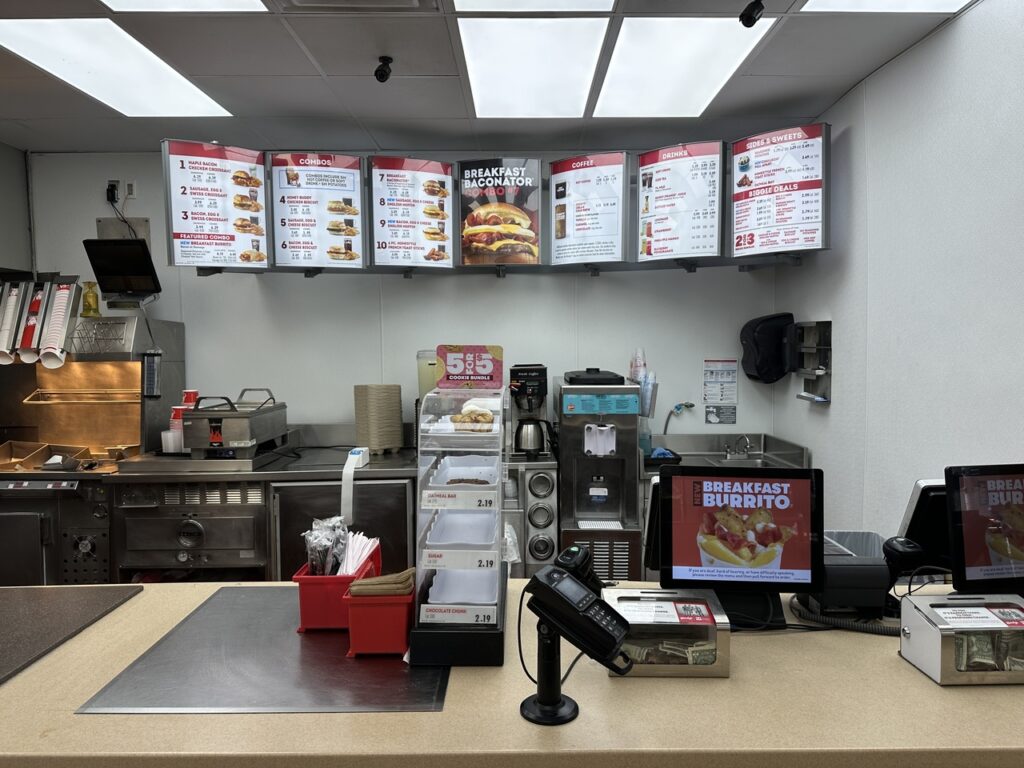
It’s easy to see closures as a negative sign, but the company isn’t retreating from the fast-food world. Wendy’s is redirecting energy toward modern layouts, digital ordering, and better-performing regions.
Expansion in Strong Markets
Even as weaker stores close, Wendy’s plans to open new ones in areas where demand keeps rising. These newer restaurants often feature updated kitchens, digital screens, and faster drive-through systems.
The goal is to create efficient hubs rather than scattered low-performing spots. That approach helps the chain stay competitive and deliver more consistent service.
For you, that means closures in one place could be matched by upgrades in another, especially in suburbs and busy cross-city corridors.
A Bigger Push on Digital Orders
Wendy’s has seen strong growth through mobile orders and delivery apps. As some stores shut down, the digital focus gets sharper.
Expect more app rewards, exclusive combos, and incentives to order ahead. Digital-first stores may roll out in select regions, built around quick pickups and less crowded dining rooms.
This shift could make grabbing your usual order faster, even if you lose a nearby physical restaurant.
What This Means for Wendy’s Fans
As Wendy’s trims down its weaker locations, the experience may feel uneven depending on your area. Some customers will notice longer waits or fewer nearby options, while others will see updated stores and smoother digital service.
The closures aren’t the end of the chain’s story; they’re a recalibration meant to keep Wendy’s competitive in a fast-changing food world. If anything, the brand is betting that fewer but stronger restaurants will keep customers coming back.




